The game of chess is not only a test of intellect and strategy but also a celebration of artistic expression. Chess sets, from purely functional pieces to elaborate works of art, vary tremendously in design, material, and craftsmanship. Each set carries with it a specific value, influenced by various factors such as historical significance, material quality, design complexity, and collector interest. Understanding the value of chess sets involves looking at these diverse aspects to appreciate both their worth as functional game pieces and their aesthetic and collectible significance.
Historical Significance
One of the primary factors that can enhance the value of a chess set is its historical importance. Antique chess sets, especially those that have a well-documented history or were owned by notable figures, can fetch remarkably high prices. For instance, the sets used in significant historical chess matches, or those made by renowned manufacturers such as Jaques of London, who introduced the Staunton design in 1849, are highly prized. These pieces not only serve as functional game components but also as artifacts of the rich cultural history of chess.
Materials and Craftsmanship
The choice of material can significantly influence the value of a chess set. Common materials include wood, plastic, metal, and glass. However, sets made from exotic or luxurious materials such as ivory (historically), jade, ebony, or even gold and silver are considered more valuable. The craftsmanship involved in producing these sets also plays a critical role in their valuation. Hand-carved pieces, intricate details, and the finish quality are key indicators of the artisan's skill and the set's potential worth.
Design and Aesthetic Appeal
Chess sets are often appreciated for their aesthetic appeal, which can greatly affect their desirability and value. Some collectors focus on theme-based sets—where pieces represent characters from history, mythology, or even popular culture. For example, a finely crafted chess set themed around Roman history or one depicting characters from Tolkien's Middle-earth can be of significant interest to collectors who value this intersection of art and literature.
Designer chess sets created by famous artists or designers also hold significant value. These sets are often limited in production, and their unique design can transform them from mere playing tools to decorative art pieces. A Marcel Duchamp set, or one designed by Man Ray, are notable examples where the set's aesthetic transcends its utility, making it a collector's gem.
Edition and Exclusivity
Limited edition chess sets or those which are part of an exclusive release often carry a premium value. The rarity of these sets makes them highly sought after in the collector’s market. Manufacturers might limit the production of certain designs to increase desirability, akin to the practice in fine art printing or luxury goods. Additionally, sets that are hand-numbered and come with a certificate of authenticity can further cement their status as collectible items.
Condition and Completeness
The condition of a chess set significantly impacts its value. A well-preserved set, especially an antique or a collector's item, with no missing pieces, scratches, or other damages, is far more likely to be of high value. For antique sets, the patina can add to the set’s charm without diminishing its value, provided it reflects appropriate aging and care. Collectors also value complete sets more highly than those with missing pieces, as finding replacements can be difficult and often not as valuable as the original configuration.
Market Trends and Collector Interest
The value of chess sets can also be influenced by current market trends and the level of interest shown by collectors. For instance, following the release of popular movies or television shows where chess plays a role, such as The Queen's Gambit, there may be a renewed interest in certain types of sets, driving up their market value temporarily. Understanding these trends can help sellers and buyers make informed decisions about when to invest in or sell a particular set.
Functional Value
While the collector's value of chess sets is significant, the functional aspect cannot be ignored. The usability of a chess set for regular play is an important consideration for many buyers. Sets that balance aesthetic appeal with practical utility—easy to read pieces, a durable board, and good tactile qualities—tend to maintain steady interest from a broader audience beyond just collectors.
To truly understand the value of a chess set, it’s essential to consider these multifaceted aspects—historical significance, craftsmanship, material, design, exclusivity, condition, market trends, and practicality. Whether you are a casual player, a dedicated collector, or someone who appreciates the art of the craft, learning about these factors will enhance your appreciation and understanding of chess sets, and help you make better choices whether you're buying or selling.
Conclusion
The world of chess sets is complex and fascinating, with each piece and set having a story to tell. From practical considerations to the realms of art and history, the value of a chess set resides not just in its physical form, but also in the stories, craftsmanship, and cultural significance it carries. Understanding these layers not only enriches one’s appreciation but also empowers collectors and enthusiasts in their pursuit of this timeless game’s treasures.
Explore our large collection of beautiful chess sets!
Want to sell your chess set?
A marketplace to buy, sell and showcase your chess sets online. Buy and sell chess sets from others across the world!
How it works?
Submit your chess sets through the submission form at the bottom of this page.
After we receive your submission, our experts will check in with you and verify all of the details regarding your chess set: Approximate age, materials, measurements, condition, asking price and more. Add the story of the set and any other information you would like to be included in the dedicated selling page.



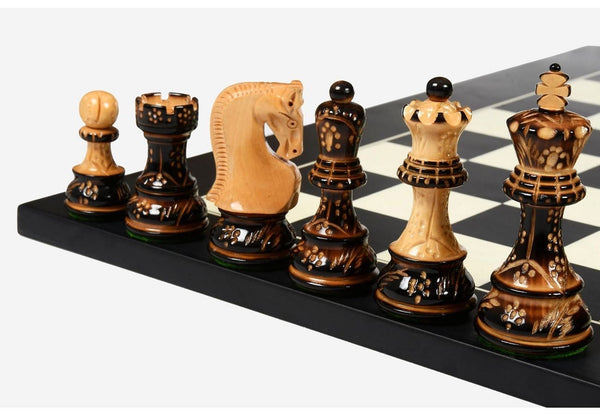
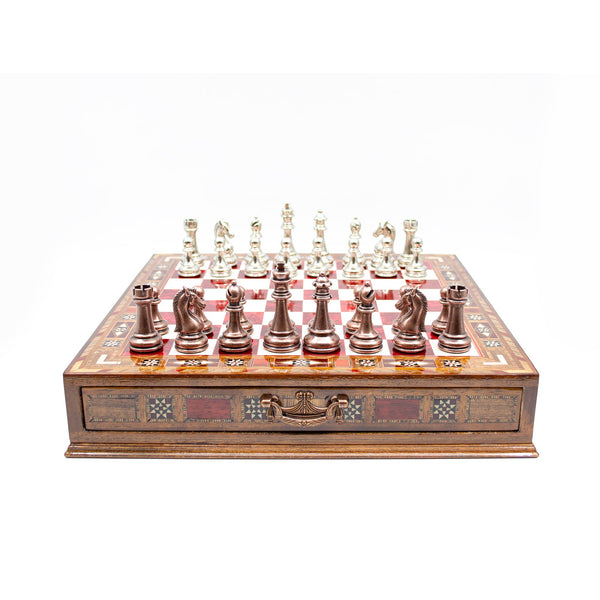
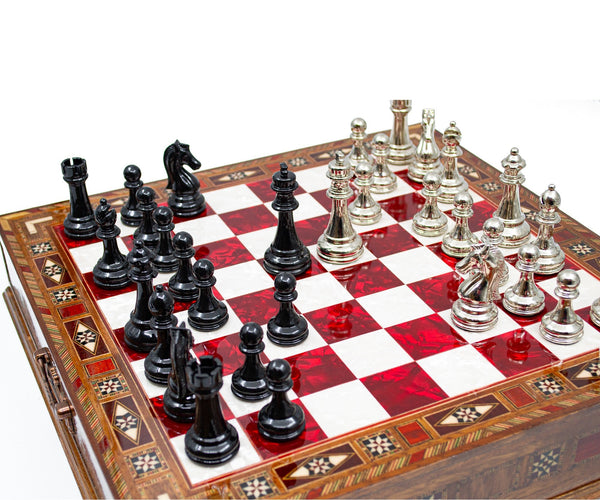
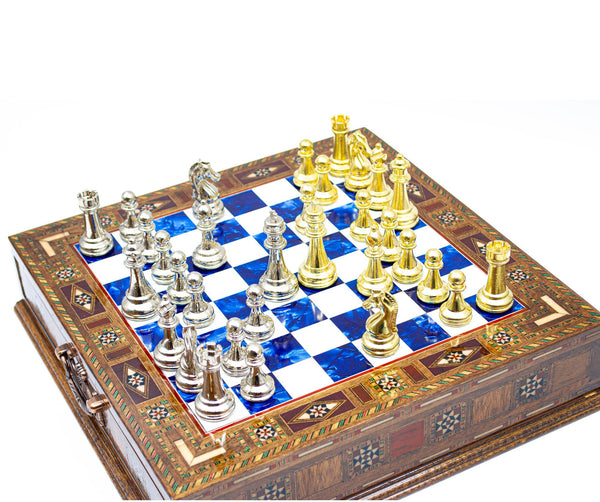
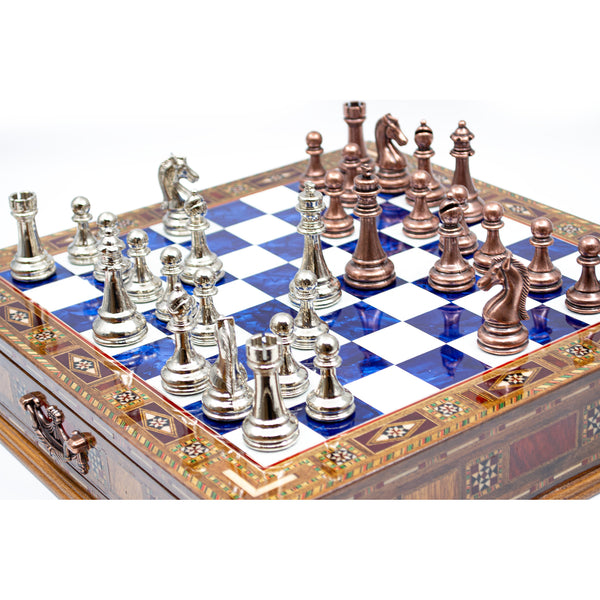
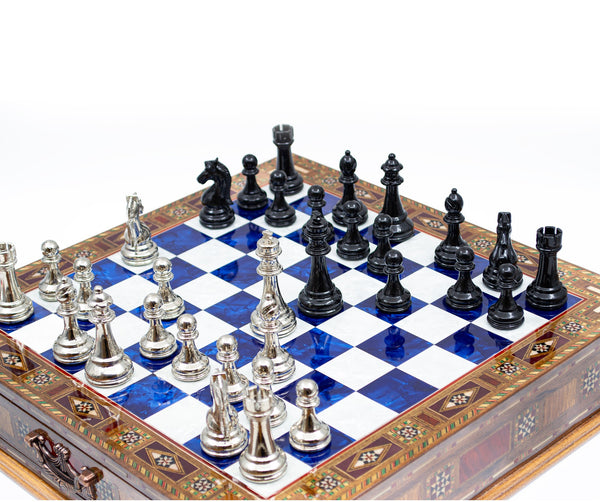



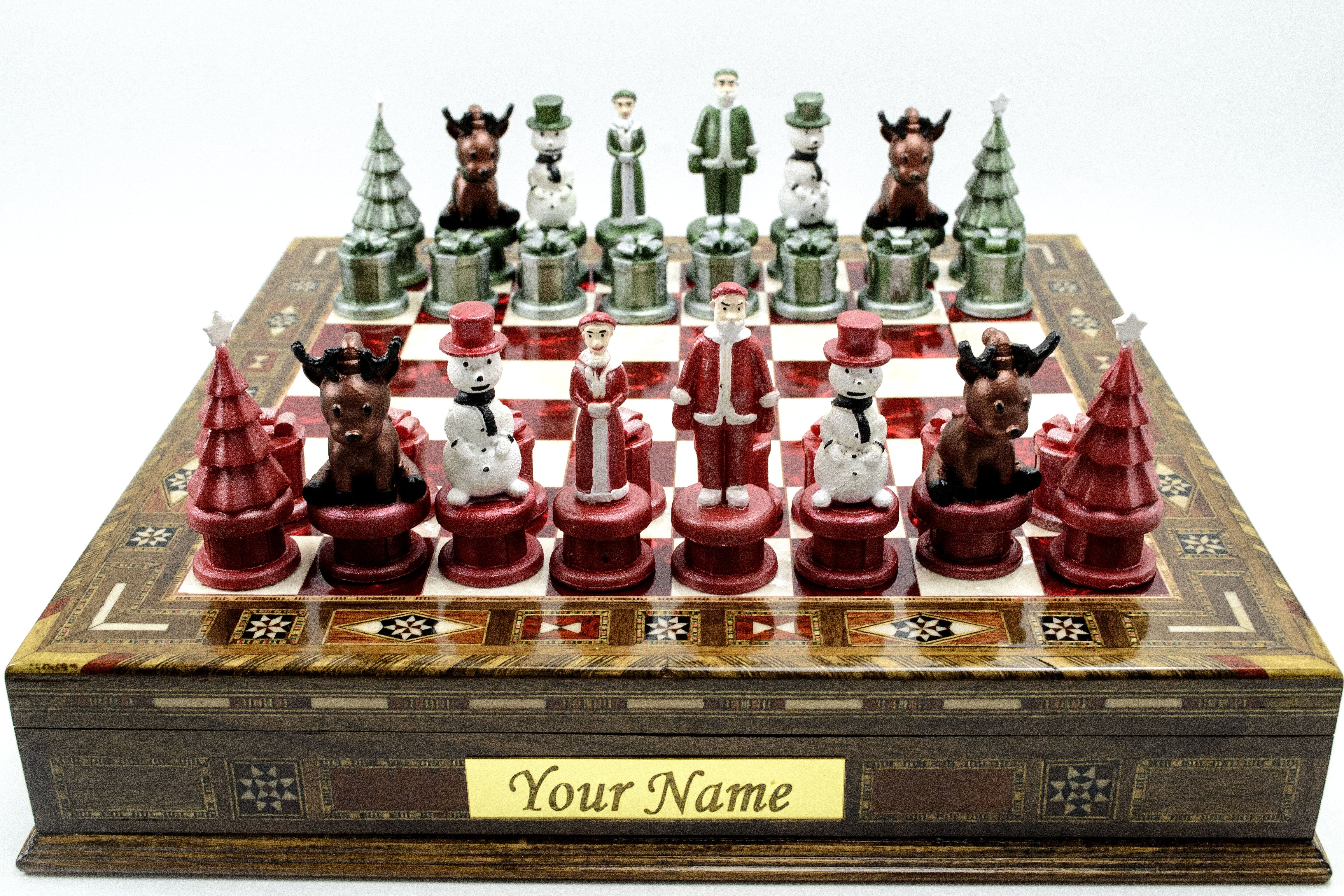




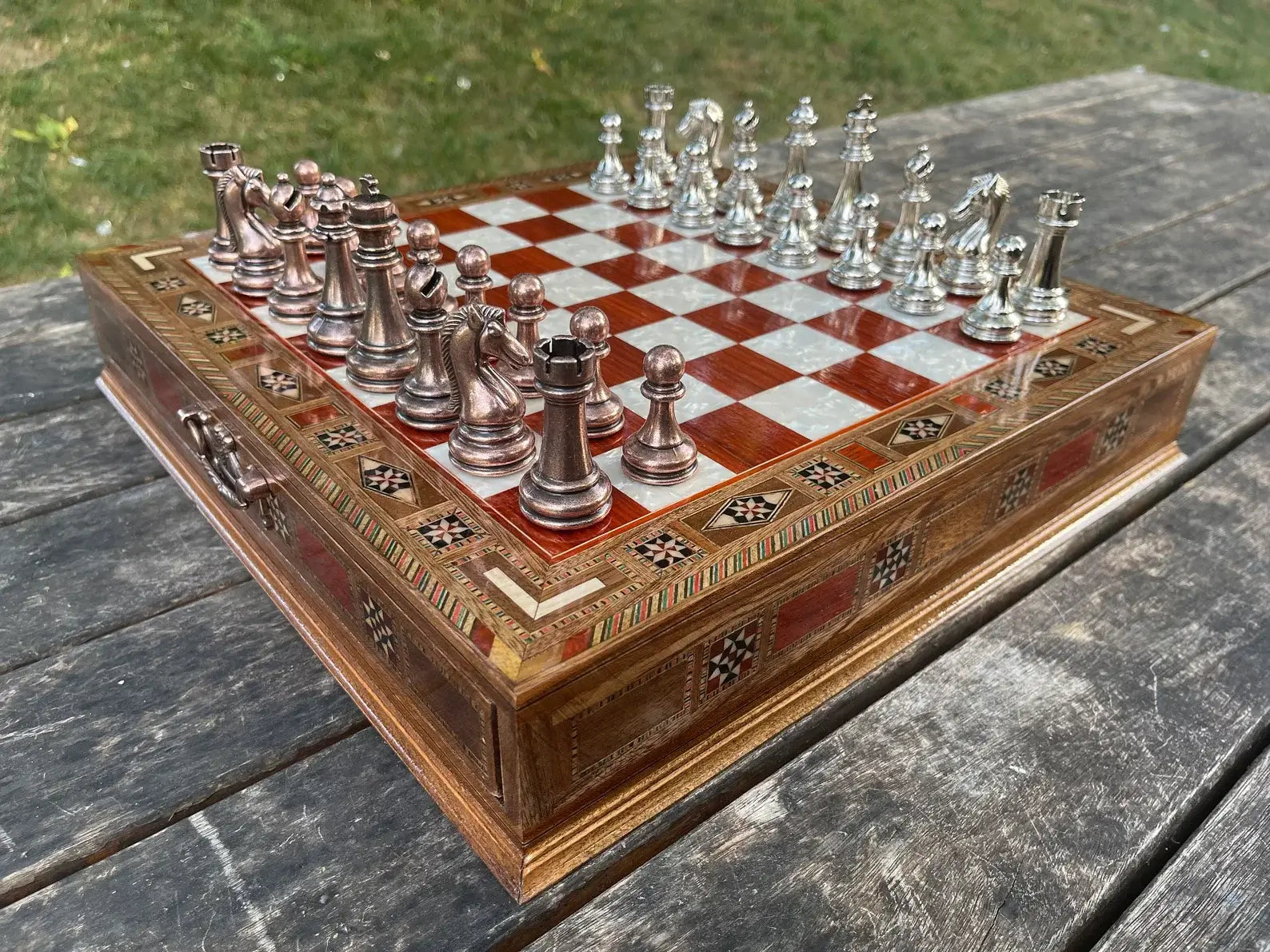
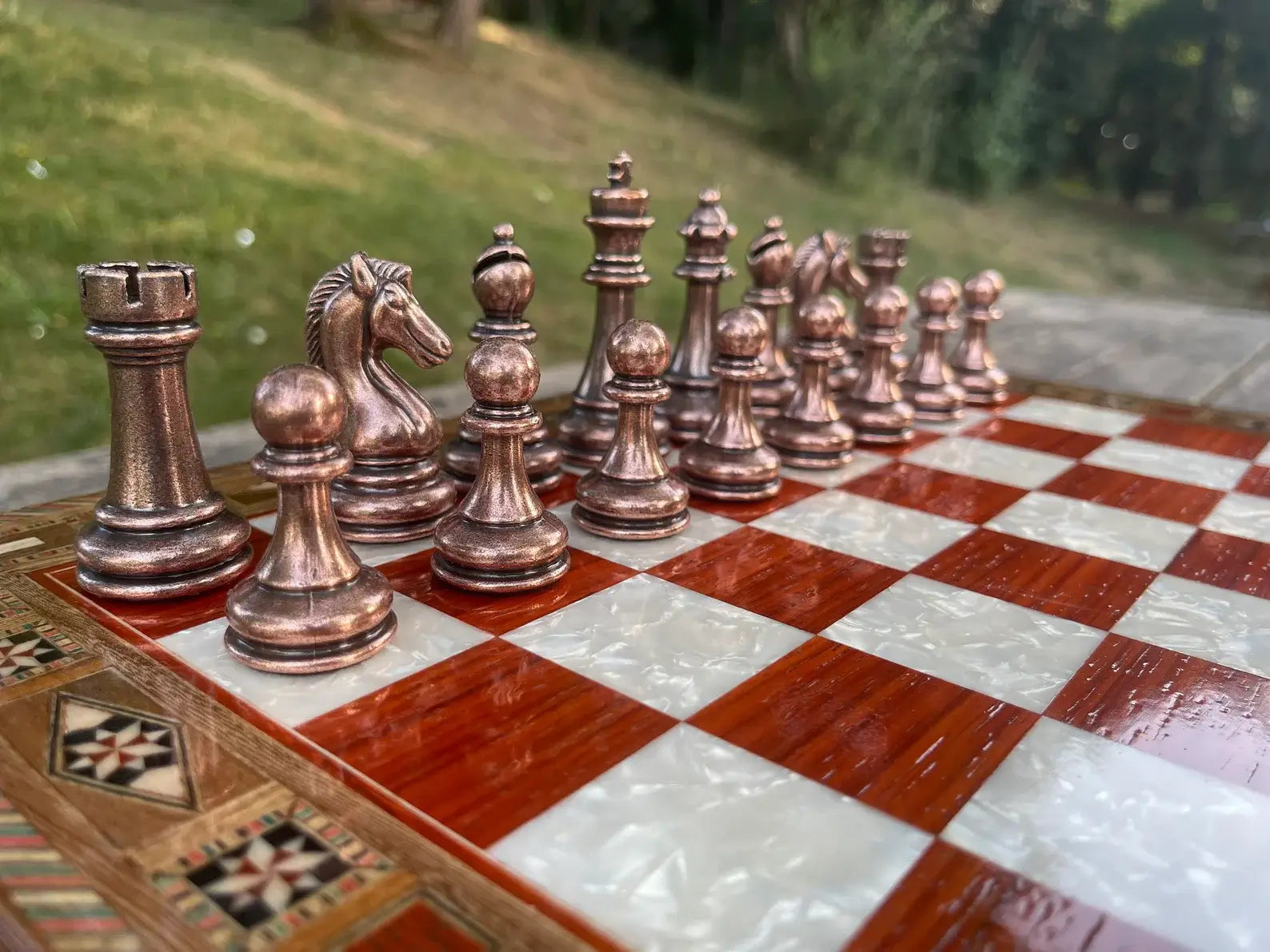
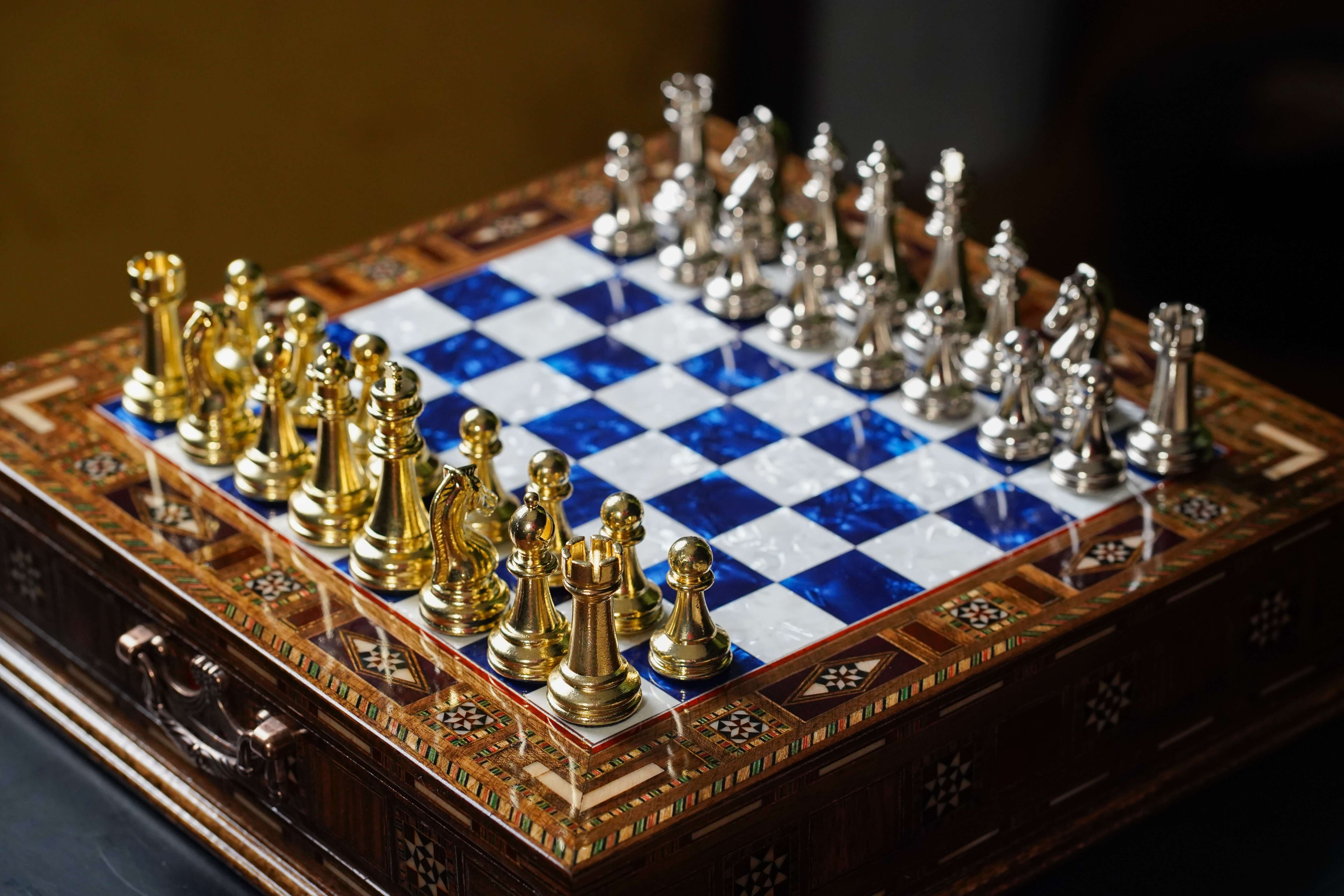
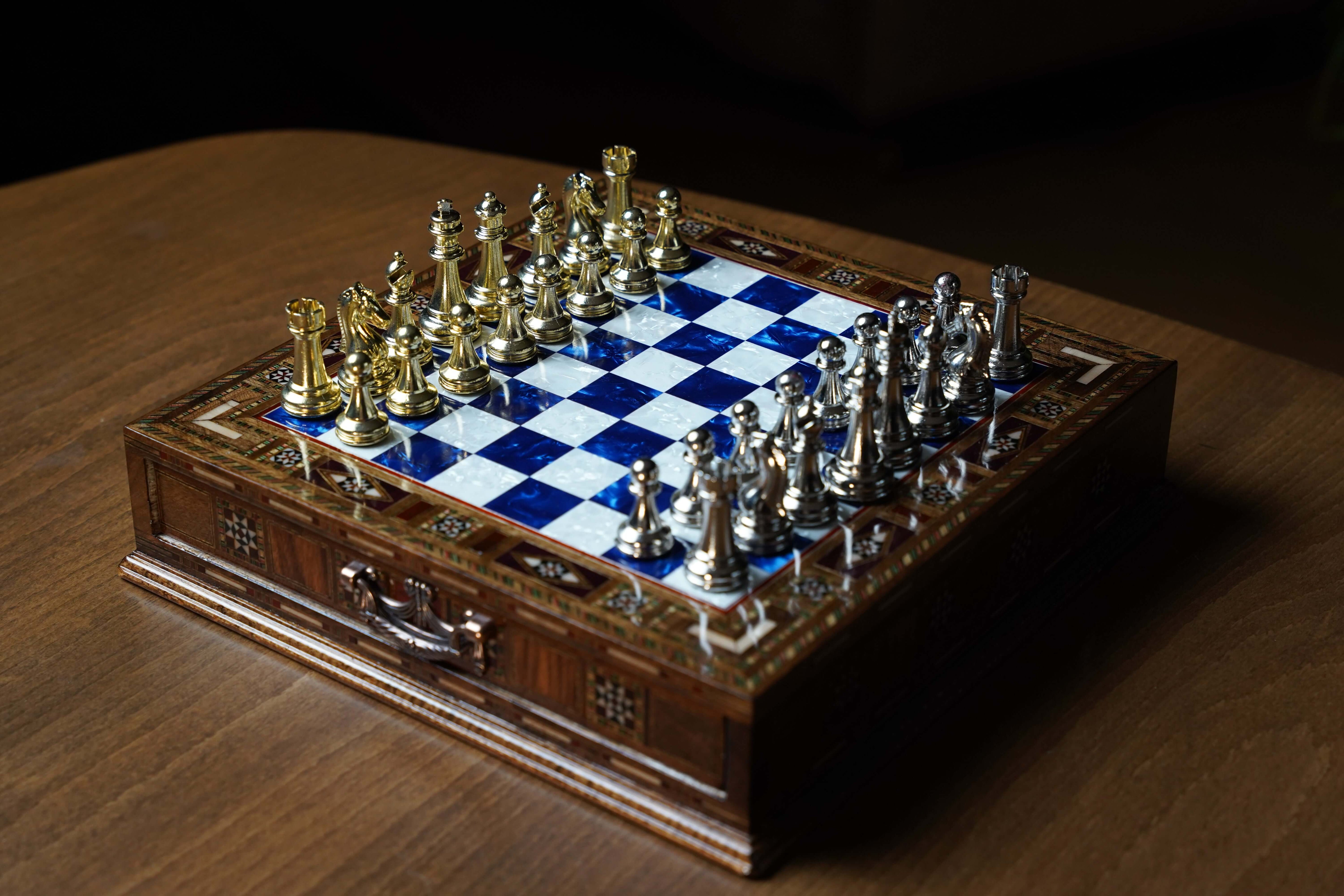
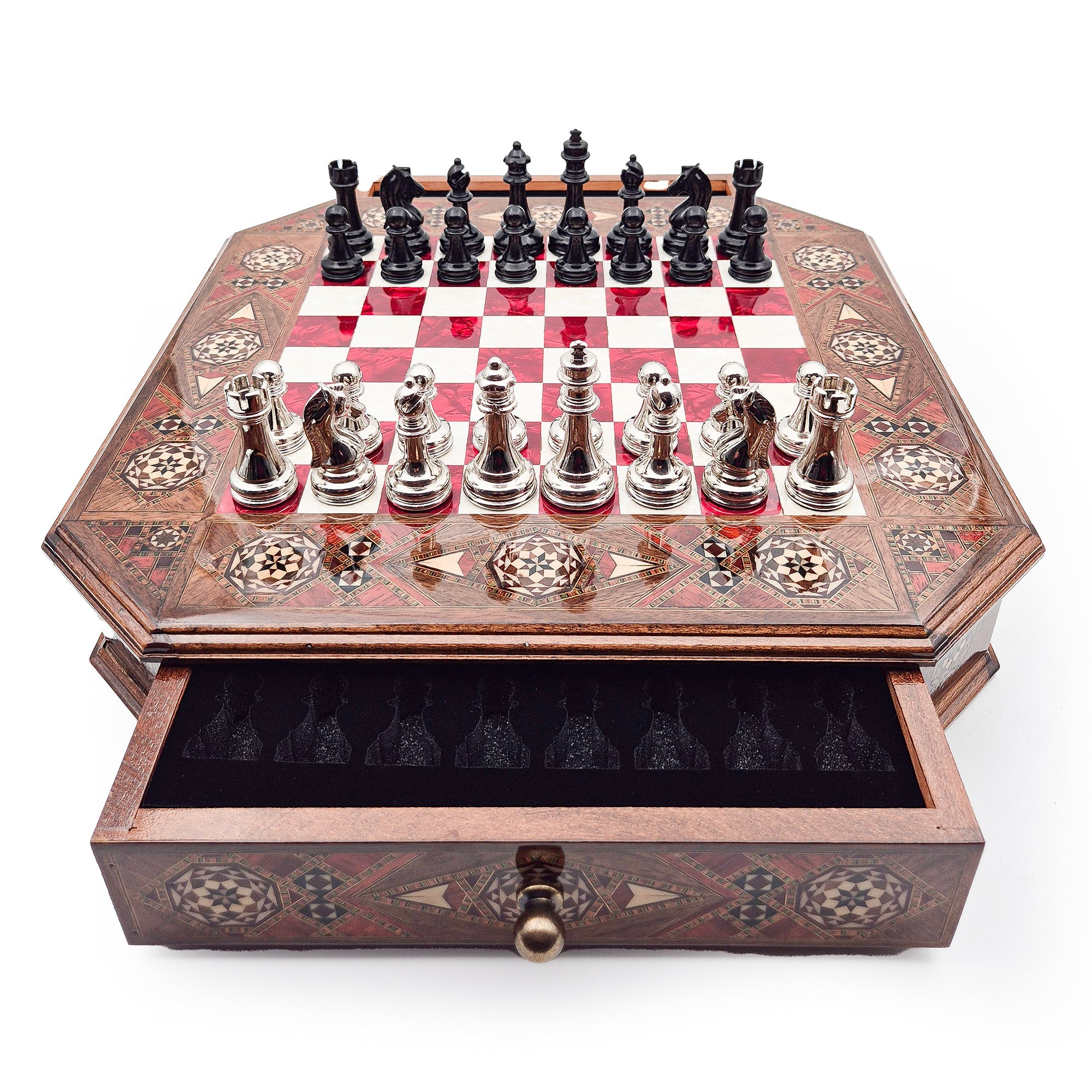
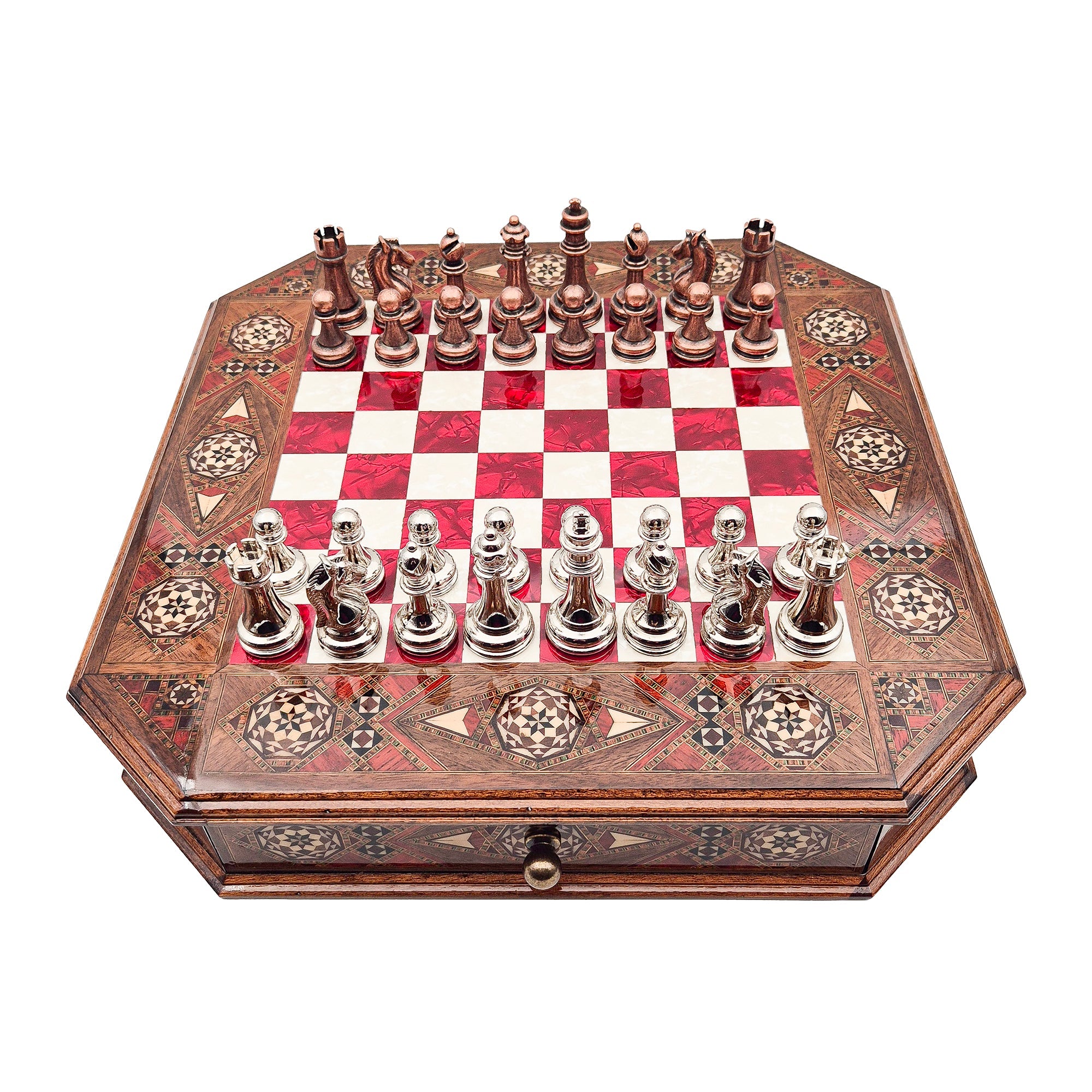
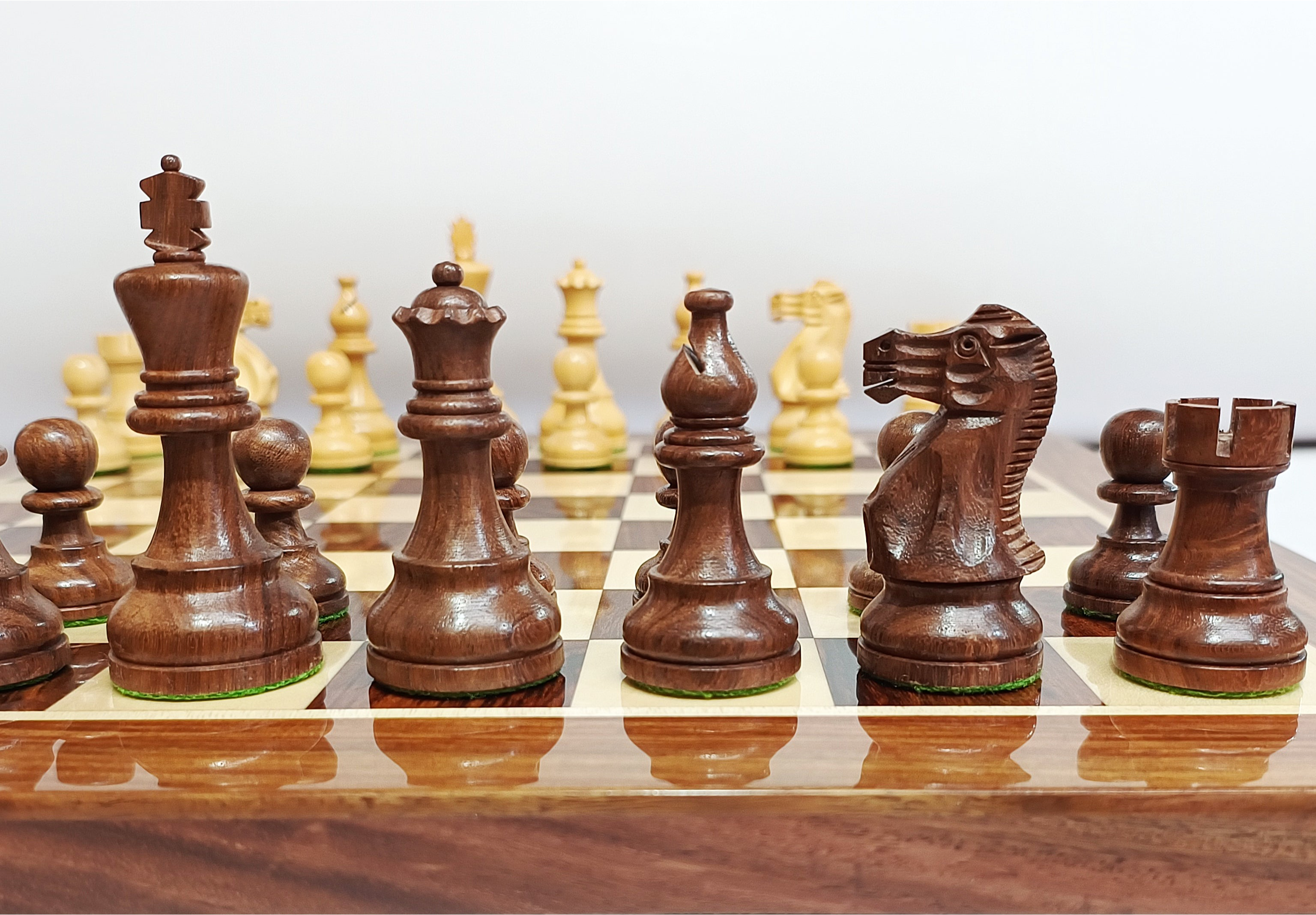

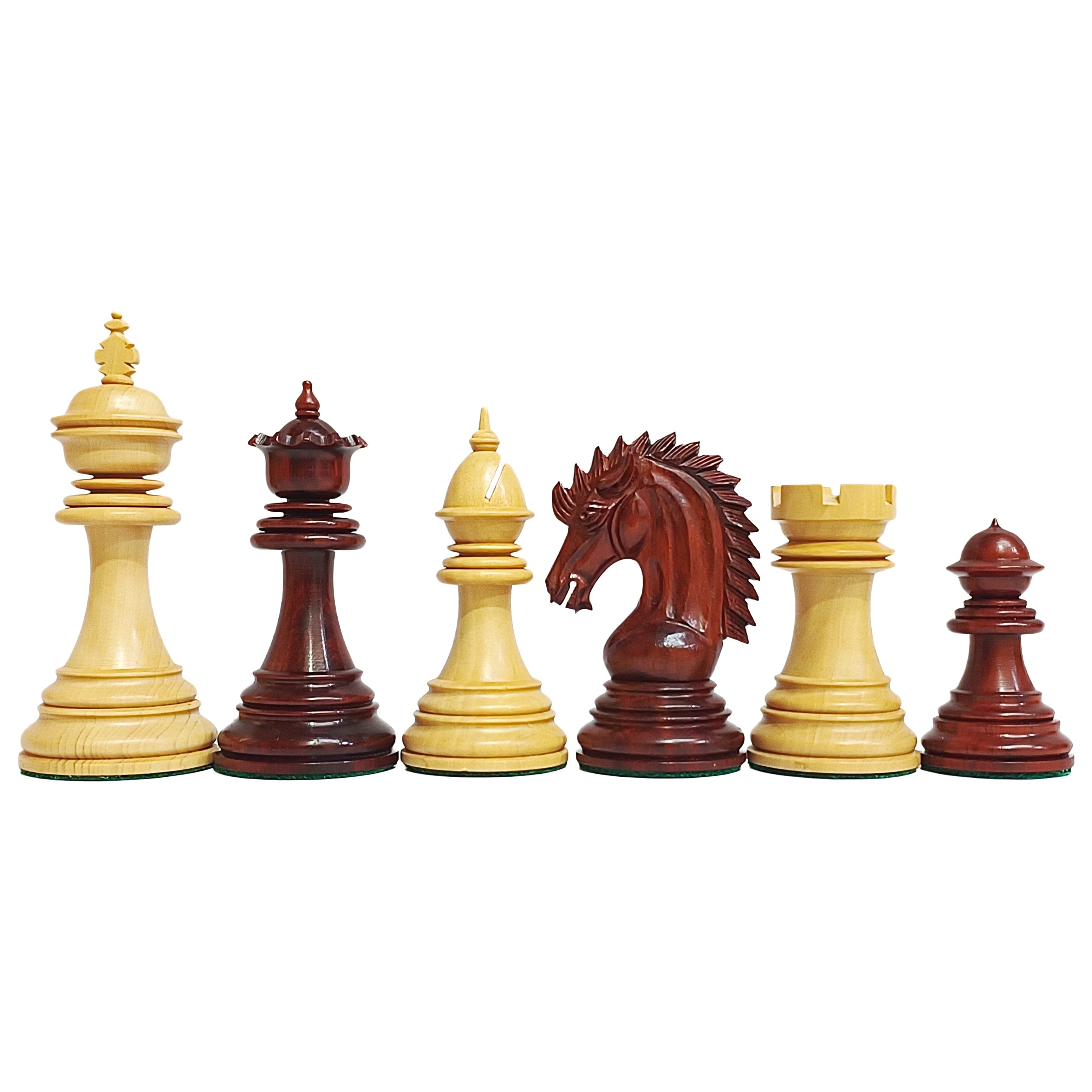
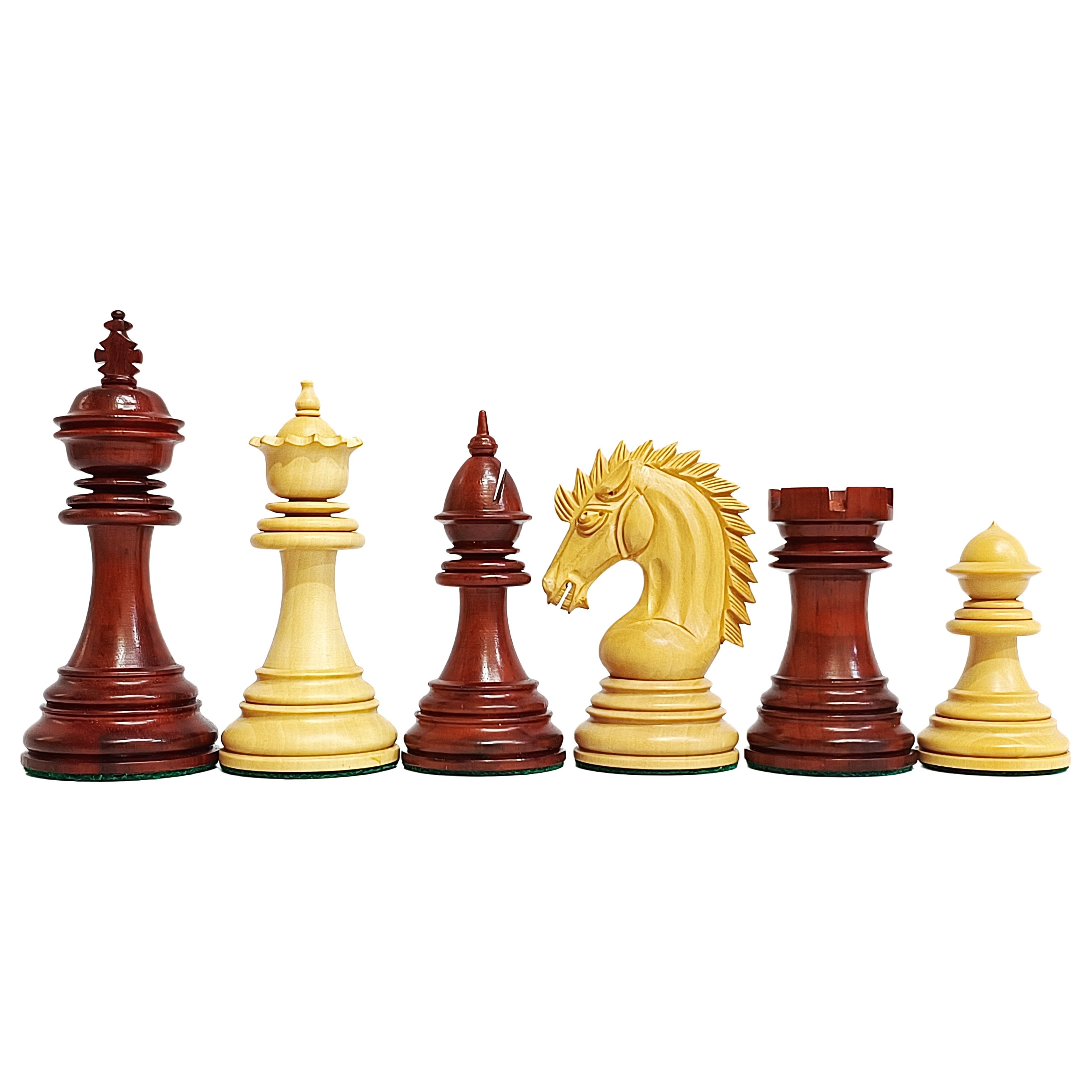


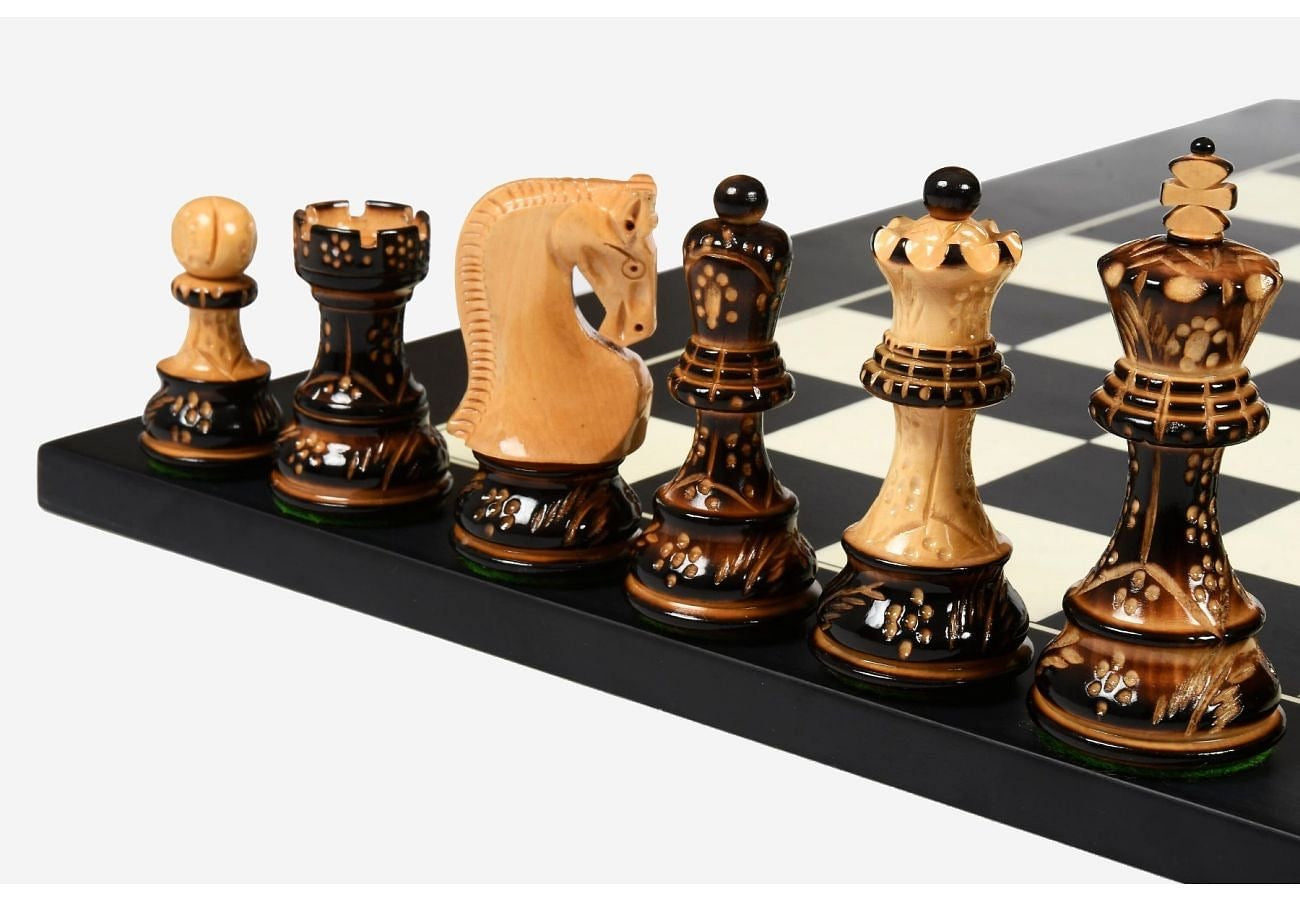
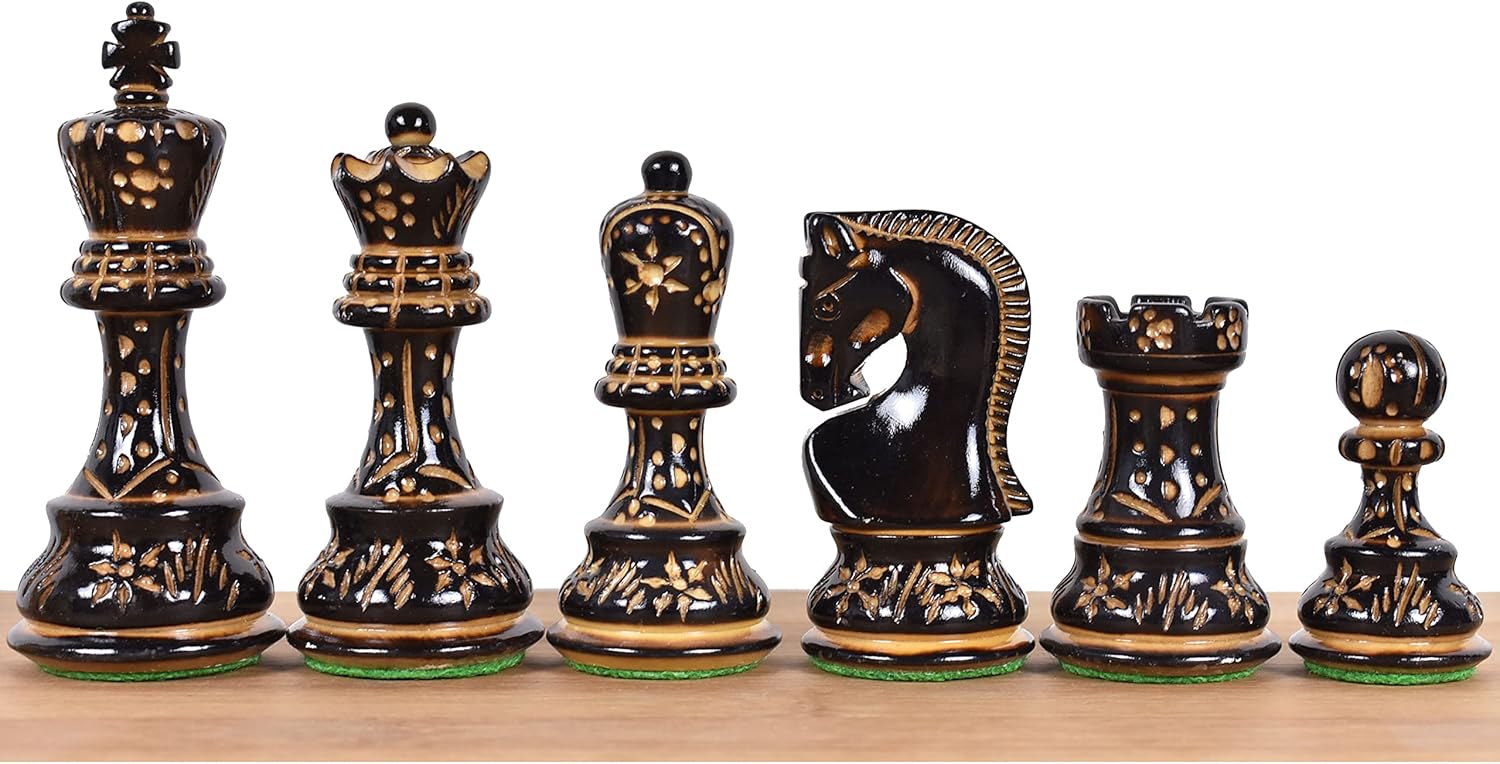
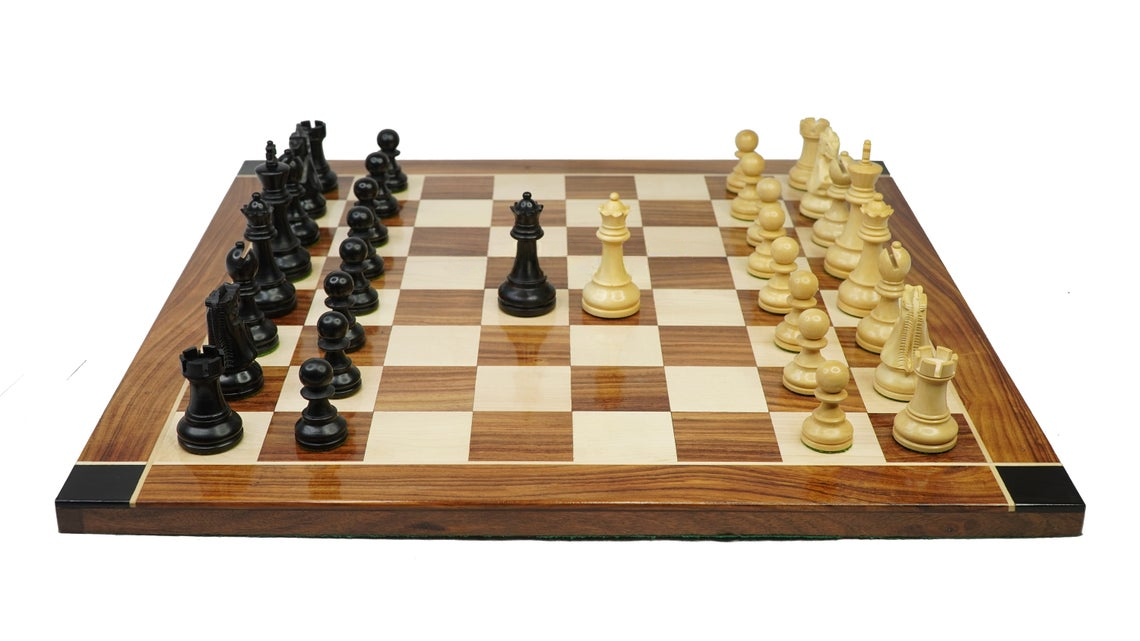

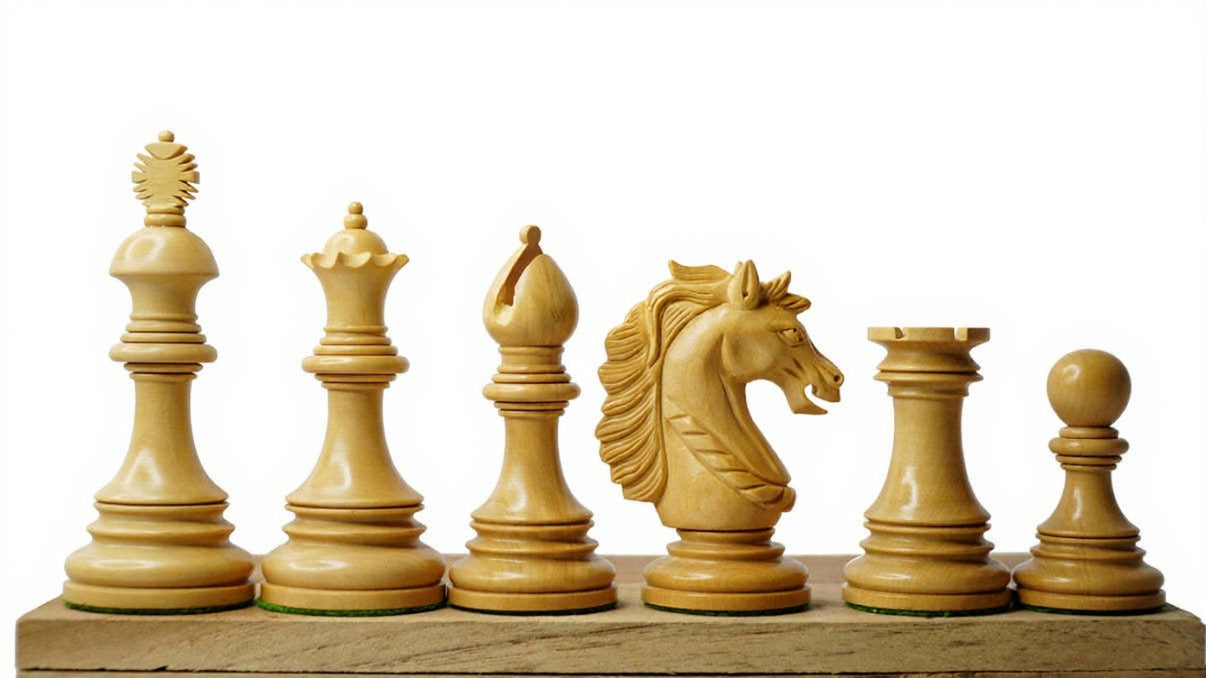
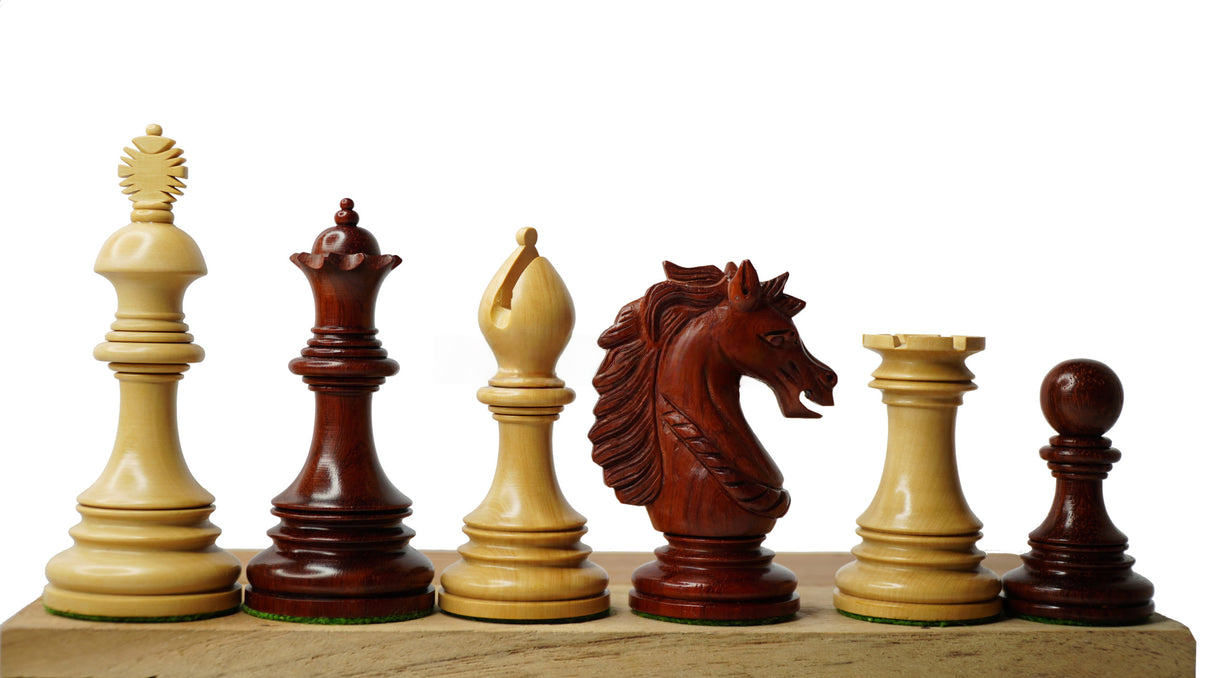
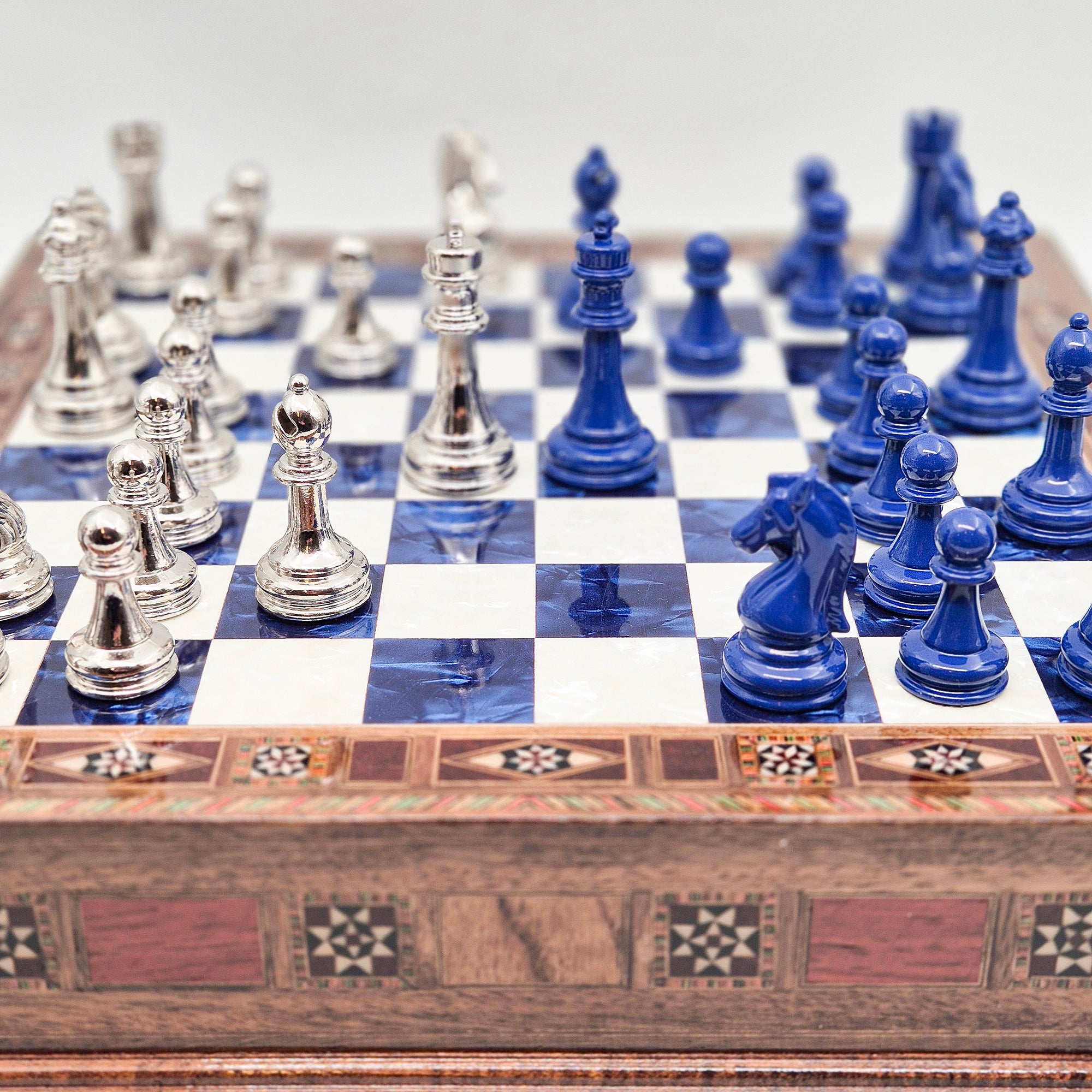


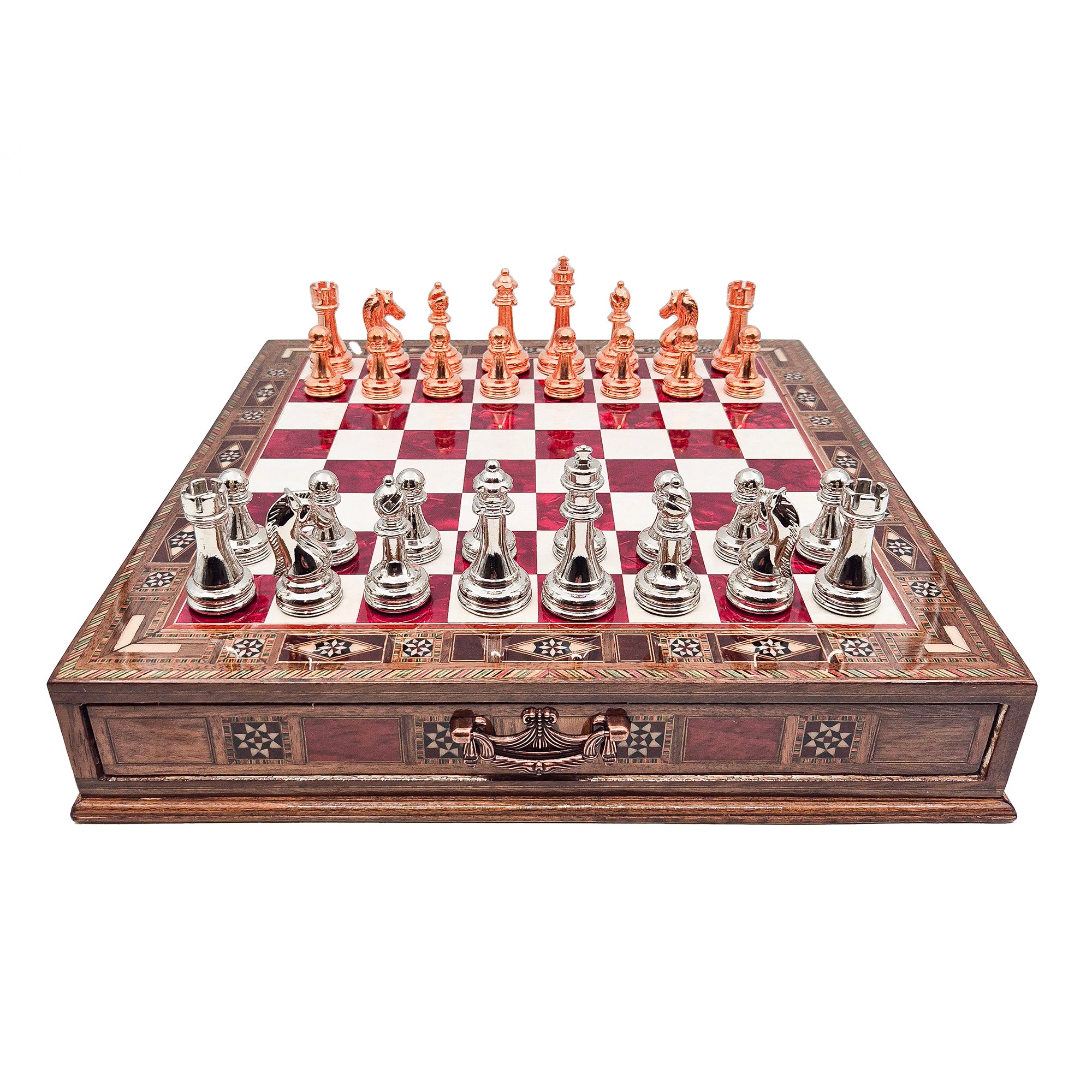
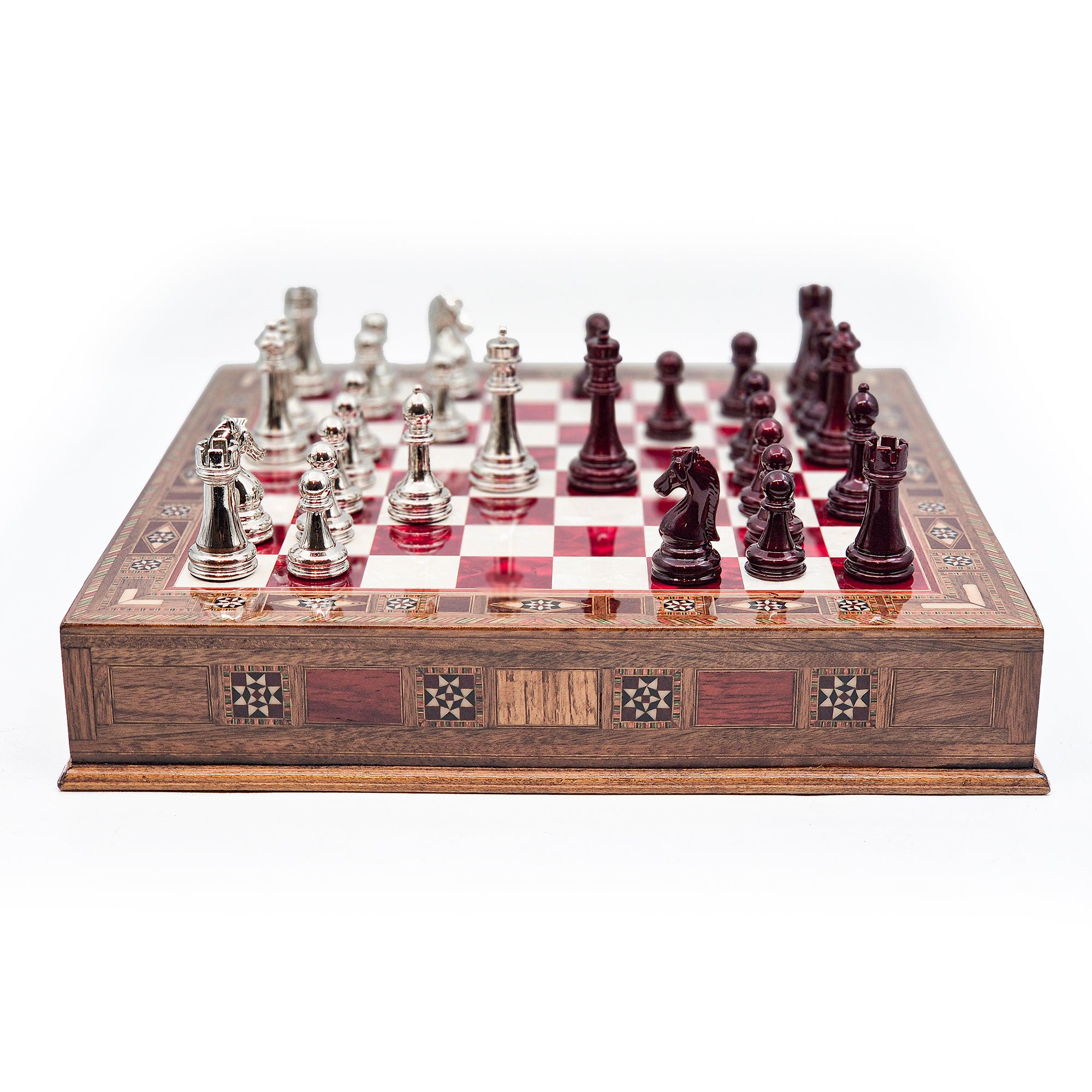
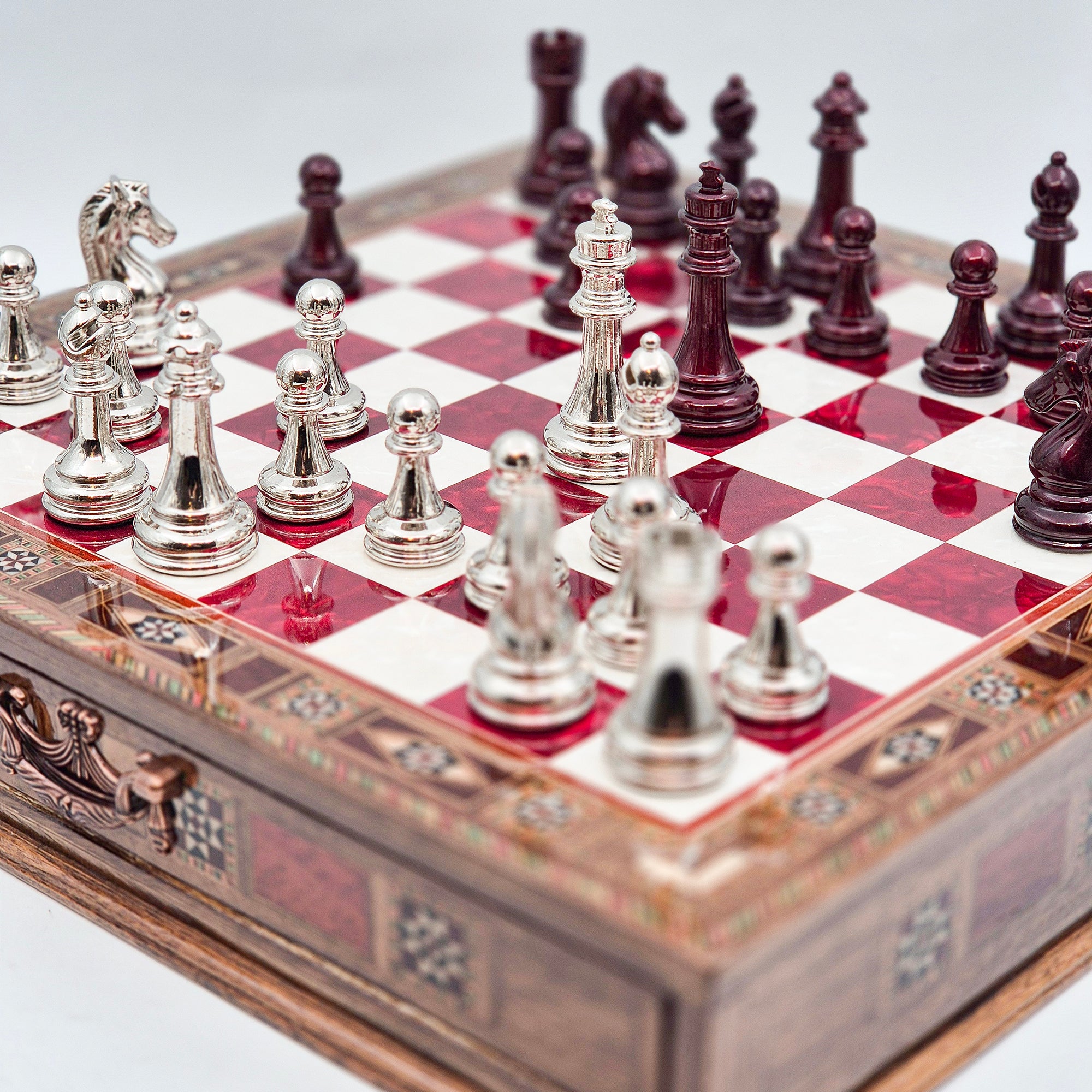
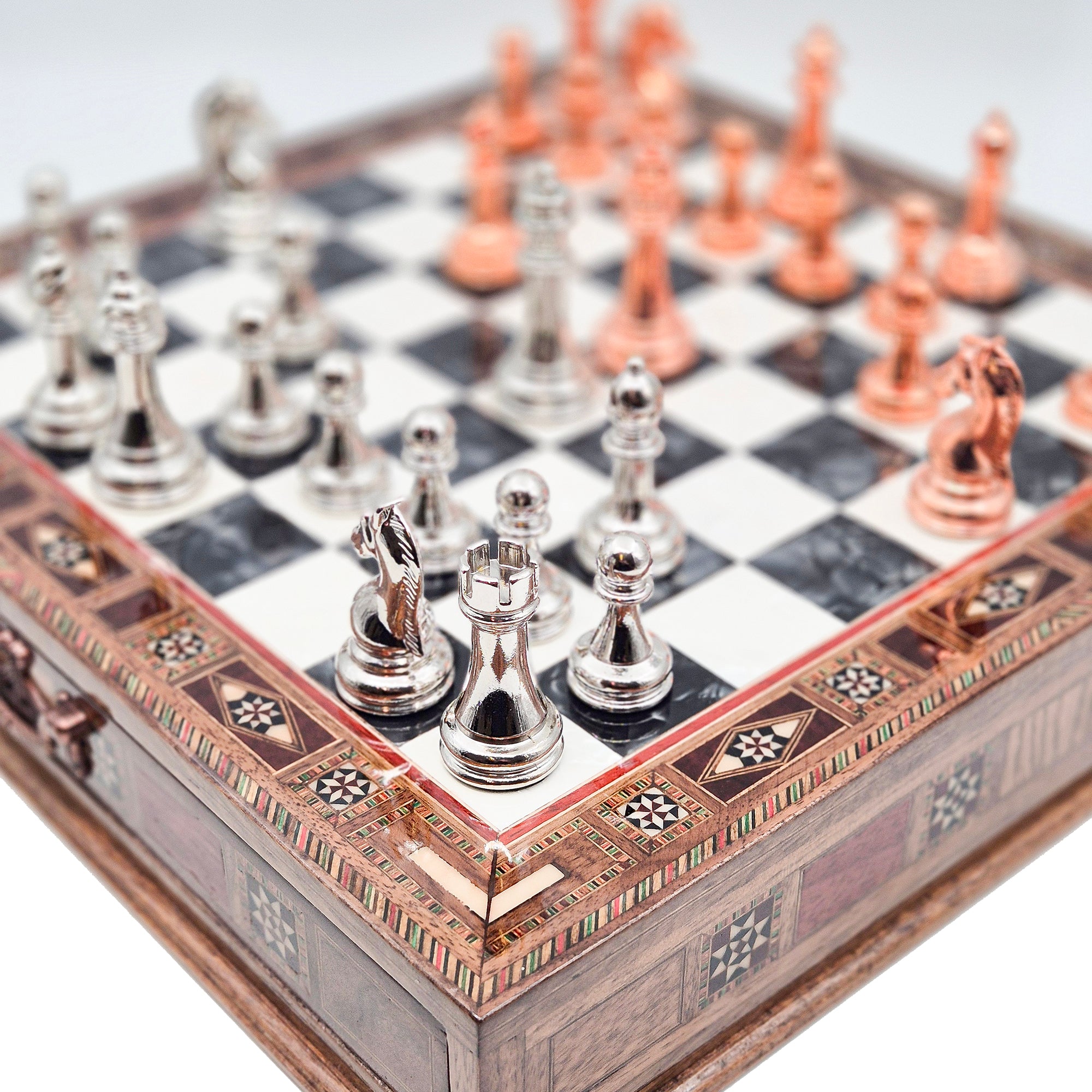
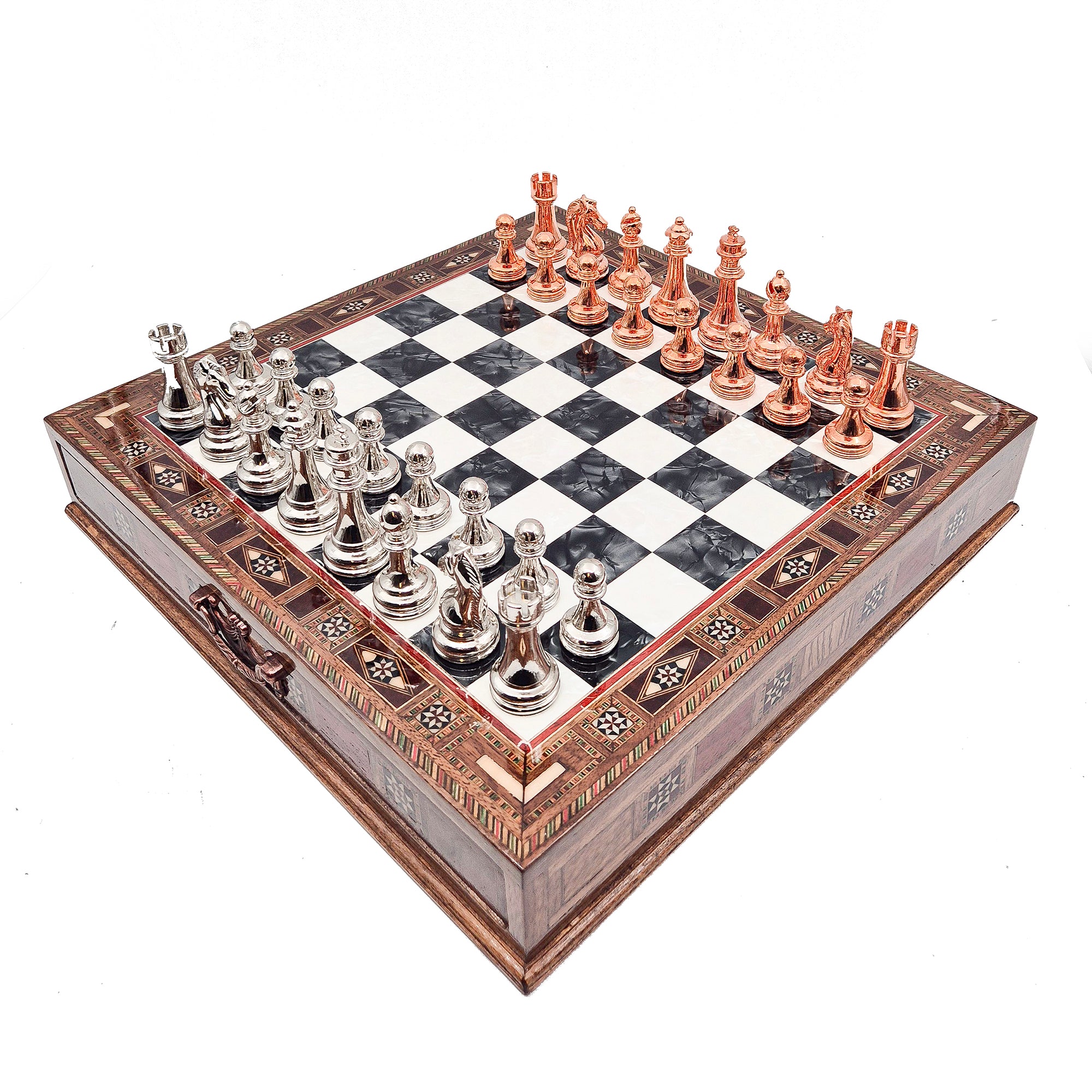


Leave a comment
All comments are moderated before being published.
This site is protected by hCaptcha and the hCaptcha Privacy Policy and Terms of Service apply.